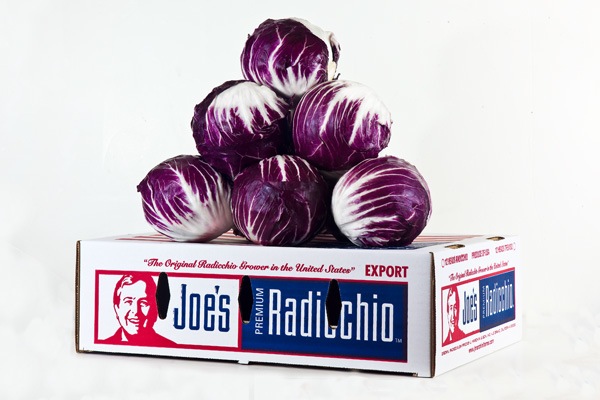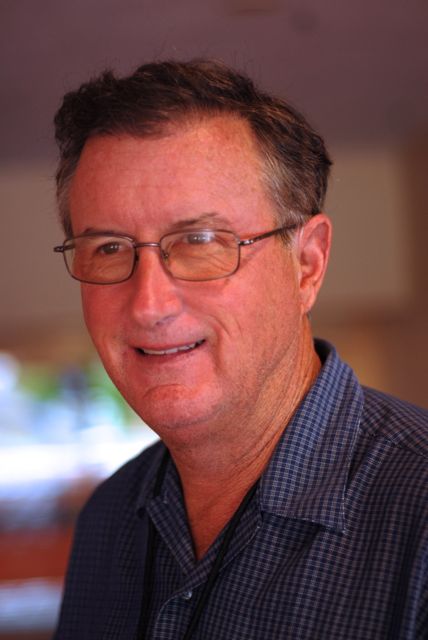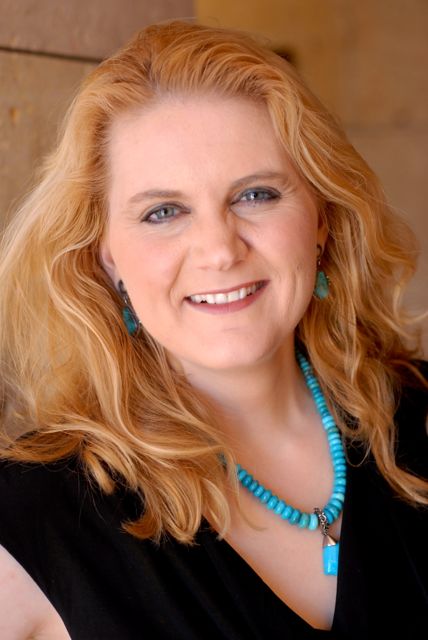Environment
Temperance Flat Dam Will Solve Sinking Soil
David Rogers: Temperance Flat Dam Will Solve Sinking Soil
By Charmayne Hefley, Associate Editor
Speaking at last week’s California Water Commission meeting in Clovis about the need for water storage, Madera County supervisor David Rogers voiced the solution to land subsidence caused by groundwater depletion: the Temperance Flat Dam.
“We’re losing our groundwater so rapidly, the soil is sinking beneath us in a geological process called subsidence,” Rogers said. “Water is flowing out to the ocean from the San Joaquin River system, when in reality, that water needs to be delegated and allocated to farms so they don’t have to pump groundwater.”
“We’re losing the river and it’s a moot issue. We need surface water delivery; that has to happen. We cannot continue this way or we will lose the river, the communities, and the farms. There’s no question that Temperance Flat is the answer to this problem.”
Central Valley land subsidence is not new. In the mid-1900s, subsidence of the soil was occurring much like it is today. “Between 1937 and 1955,” Rogers explained, “the ground sank 28 feet in Mendota, Fresno and Madera Counties and similar regions.”
The federal Central Valley Project (CVP), which stretches 400 miles from north to south, was organized and built back then to solve the extreme and recurring water shortages, land subsidence and flooding. Operated by the U.S. Bureau of Reclamation, and considered one of the world’s largest water storage and transport systems, the CVP now consists of 20 dams and reservoirs, 11 power plants, and 500 miles of major canals, as well as conduits, tunnels, and related facilities.
“The very purpose of the CVP,” Rogers emphasized, “was to stop the ground from sinking beneath our feet. We are currently in the same situation, and the much-needed extra storage is going to be created by the Temperance Flat Dam. It is the solution. It is what this Valley needs. We need it now. We don’t need it tomorrow; we need it—yesterday!”
Categories
U.S. Bureau of Reclamation
























